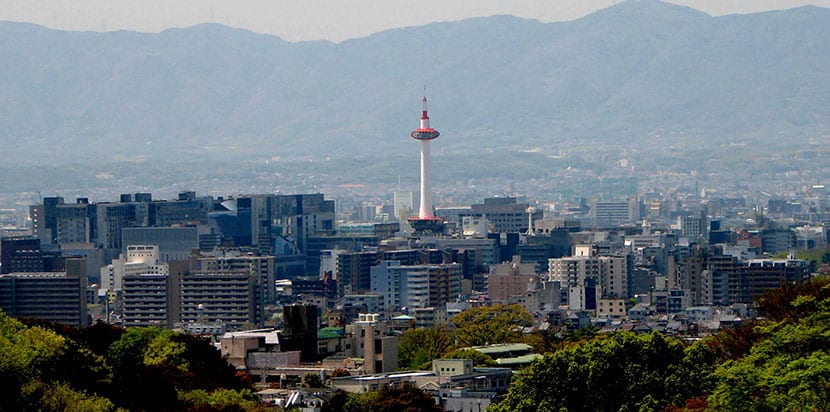
I continue with my guides on Japan, one of the best countries in Asia for tourism as it has history, culture, nature and a friendly and considerate society towards its visitors. I could tell they are great hosts and I wouldn't be wrong.
This same week I posted a guide about Hiroshima, the city of the atomic bomb, but for those who love history and typically Japanese culture there is Kyoto, ancient imperial city. So, if you go to Japan this year, a trip to Kyoto is well worth it because it is close to Tokyo and it is a city full of temples and very beautiful.
Kyoto
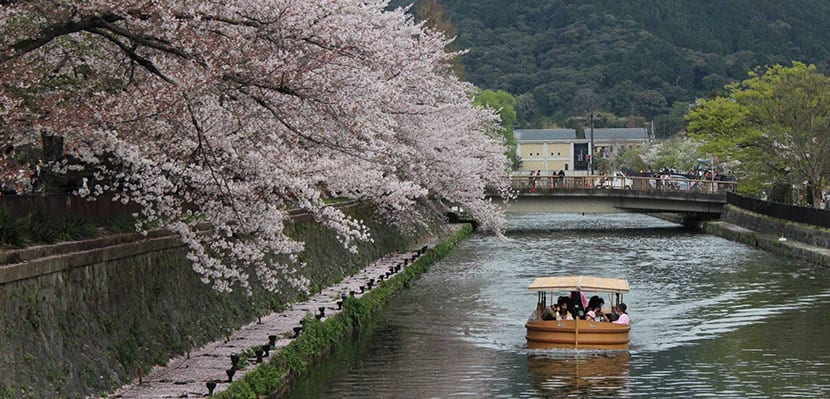
Kyoto used to be the Japanese capital for centuries, until 1868, and today knows how to combine the old with the modernor. Japanese history has passed it several times, wars and internal battles, fires, earthquakes, but luckily it got away a lot from the bombs of World War II so somehow it has preserved its centennial charm and its oldest structures are still visible today.
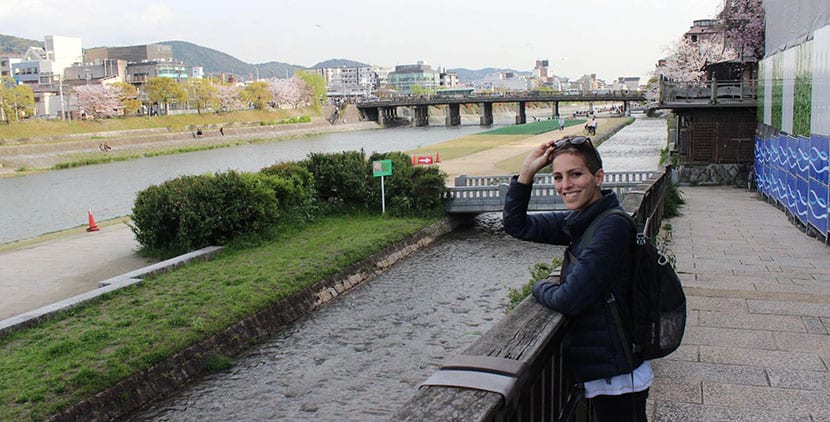
Today it is the seventh largest city in Japan and it is inhabited by almost a million and a half people. It is a quiet city, almost in the countryside, far from the madding crowd that characterizes Tokyo. Although Kyoto Station is a great example of modern architecture, it is almost the only thing you will see in the city. The urban layout is rectangular and most of its streets have names or numbers.
Downtown Kyoto is not around the train station but at the junction of Kawaramachi and Shijo-dori streets. The station is south of the center, but the main avenue of the city departs from the station and leads straight to the Kyoto Imperial Palace as if it were a hub. Another way to get your bearings, for me the most useful, is the Kamo River. You can walk along the edge for most of its course and it has very nice recreation areas.
How to get to Kyoto
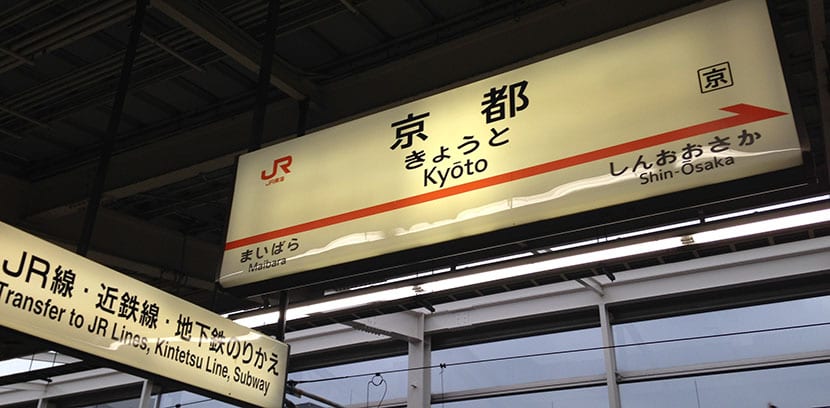
The bullet train is the best means of transport as it connects all the most important cities in Japan. From Tokyo you use the JR Tokaido and the Hikari services take 160 minutes, while the Kodama (slower as they stop at more stations), about four hours. The Japan Rail Pass covers the journey But if you don't think about it, buying a one-way trip costs $ 130. There are passes, like the evoucher that allows roundtrip travel and includes the Kyoto Sightseeing Pass for just over $ 200 and allows you to return within the week.
There is also the Puratto Kodama Economy Pass: You use the Kodama service with reserved seats for $ 100 and can be purchased up to a day in advance at the JR agencies that are in the stations. Another option is the Tokyo - Osaka - Hokuriku Arch Pass, also a rail pass linking both cities via Kanazawa. It costs $ 240, is a longer tour but costs less than the seven-day JRP and allows you to explore other areas of the country.
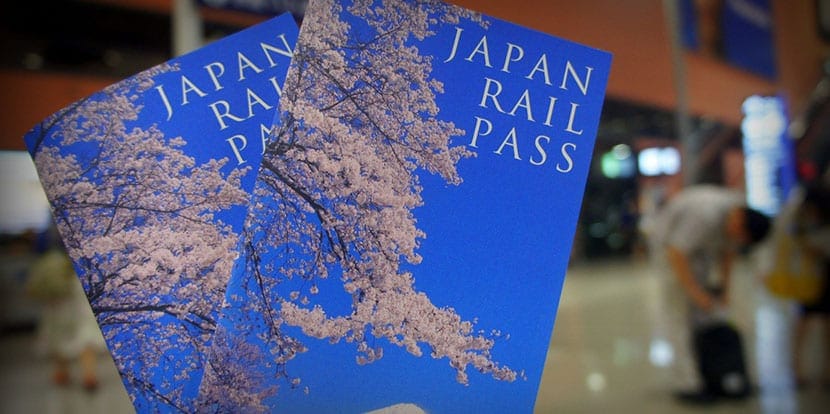
Of course, there are also buses but it takes between seven and eight hours and I don't think it's highly recommended. If you want to save there are the local trains but they take nine hours and there is a transfer. Quite a lot.
Finally, to move within Kyoto there are two metro lines, trains and buses. If you like to walk you don't need to use any. Really. I was staying about 600 meters from Kyoto Station and walked all over the city without problems. Of course, maybe if you go out at night you can speed up the road with a bus or a taxi. There are many taxis, of all colors, and the lowering of the flag is around 6 euros. And by day, well you rent a bike and voila, it is one of the best alternatives.
What to see in Kyoto

Speaking of means of transport I have to say that the main tourist attractions in the city are not near a metro or bus station. That is why I advise walking. Especially if you go in high season, in spring or autumn, when there is a lot of tourism and the traffic of cars can become dense. And the buses are small so… you know.

You can first visit the Kyoto tower. The truth is that next to the Tokyo Tower or the Tokyo Skytree loses, but it is in front of the train station and it is worth going up and seeing it. He's kind of poor, but he has good eyesight. I went for coffee at six in the afternoon and it was nice to be there, quiet, watching the sunset. Measure 131 meters and it was built in 1964. It costs 770 yen and with the ticket you have a discount in the cafeteria.
Not far from the station is the Kyoto Imperial Palace, a magnificent complex within a huge park. The parks are only entered with a guided tour, there are tours in English, and inside one can also see the Sento Palace and some medieval noblemen's mansions. Tours are free, but you get them on weekdays. To do so, you have to book at an office in the same park with a passport in hand.
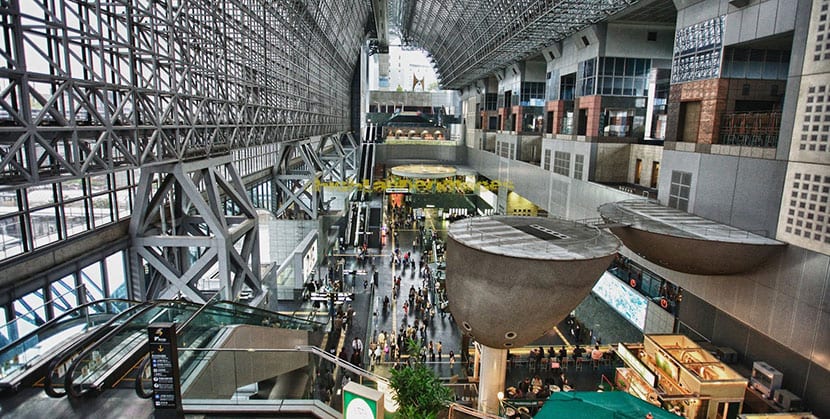
La Kyoto station it deserves our attention too: it is magnificent, the best welcome. It was built on the 1200th anniversary of the founding of Kyoto and dates from 1997. It has a great futuristic design, with a huge central hall and escalators that go up to shopping malls on the sides and down to underground galleries. Hara Hiro was its architect, the same as the Umeda Sky Building in Osaka. You can go up to the terrace or go at night and see how the stairs that seem to reach the sky are illuminated.
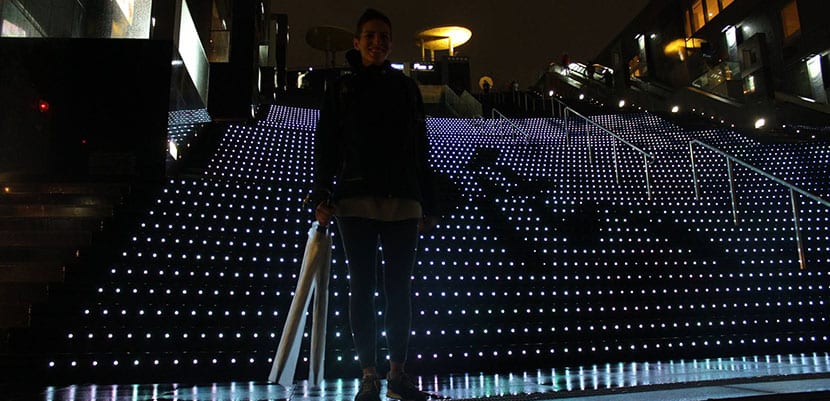
Kyoto is the city of temples and shrines. If you don't want to visit 1200, I'll leave you the ones that cannot be missed for me. There are others that you will see as you walk and that, for me, is enough. I think that he Kiyomizu Temple It is the first, in spring and autumn much more for its colors. I arrived walking quietly and it is very easy to locate as it is east of the train station. It is World Heritage.
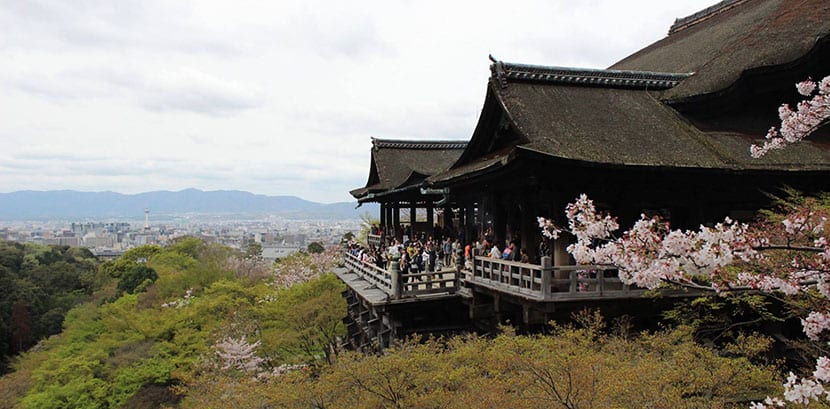
Its wooden terrace stands 13 meters above the hill and the views are beautiful. There are pagodas, shrines and other temples within the complex through which it is possible to walk. Outside you can walk for free and to enter the fee is 400 yen. If you like to see it illuminated in spring and autumn it is illuminated from 6 to 9 pm. Handsome! When you finish touring it you can wander through it Higashiyama district, a well preserved historic neighborhood with many shops and places to eat. I had lunch there and it is lovely.
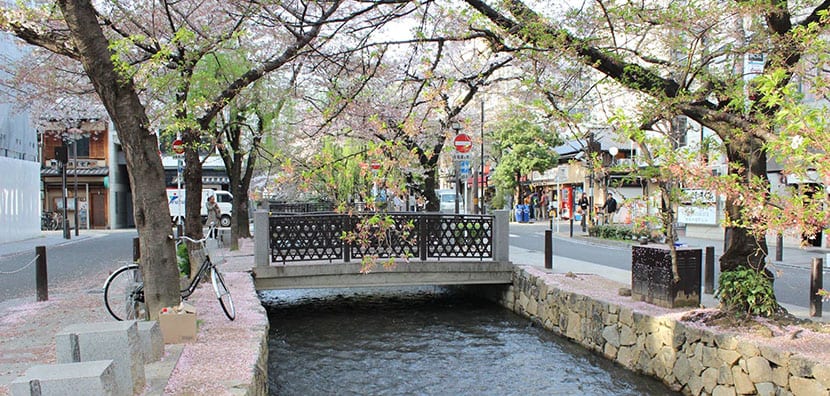
At dinner time the best thing is Pontocho, near the Kamo River. Is a alley with restaurants and bars on both sides and the proximity of the river makes it the best place to go on a summer night. With the cherry blossoms the Tetsugaku no michi o Philosopher's Path is another option: a canal lined with cherry trees in the beautiful Higashiyama district that runs for two kilometers. Gion, finally, is the geisha district, today a neighborhood with shops, restaurants and tea houses. There is tourism and it is a beautiful place, although nowadays finding a geisha in the street costs a lot.
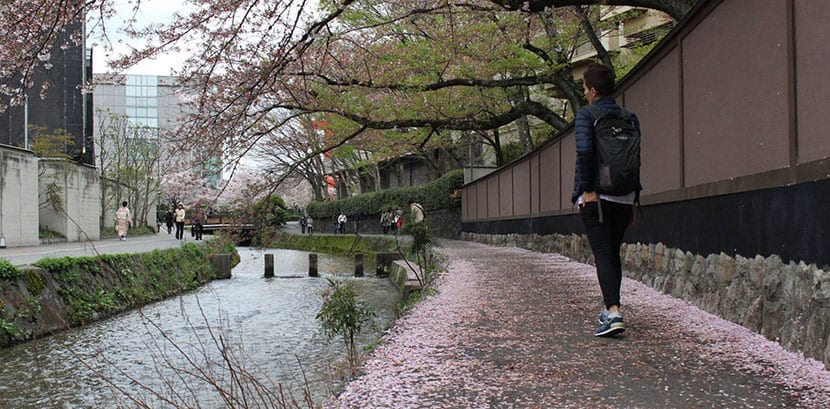
Kiyomizudera, Yasaka and Higashiyama go hand in hand. Kyoto also has an aquarium, a Manga Museum and a newly opened, last month, Railway Museum which is great.
Tours from Kyoto
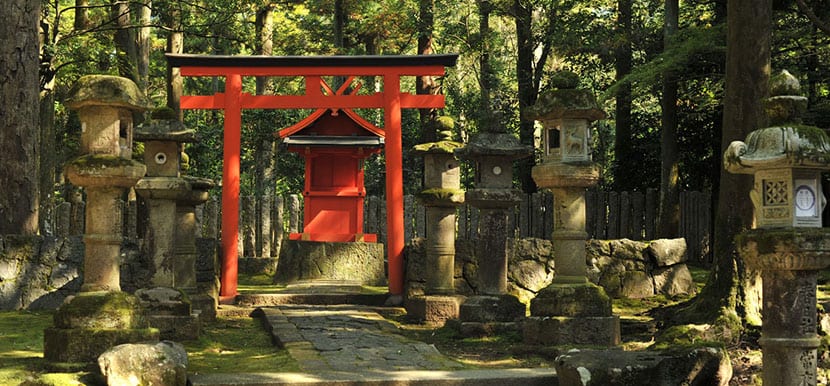
Nara is one of the possible walks, but since Kyoto has so much to see, the truth is that you must program well if you are going to visit Nara from Kyoto or from Osaka, for example. Another destination is the Fushimi Inari shrine, to the north. It is beautiful and worth getting close to because it has a thousand orange toris crossing a path. The perfect photo! 233 meters of toris, can you imagine that? To get here you must go to the train station, take the train that goes to Nara and get off at the second station, Inari. In five minutes you arrive and the place is super close, you arrive walking from the station.
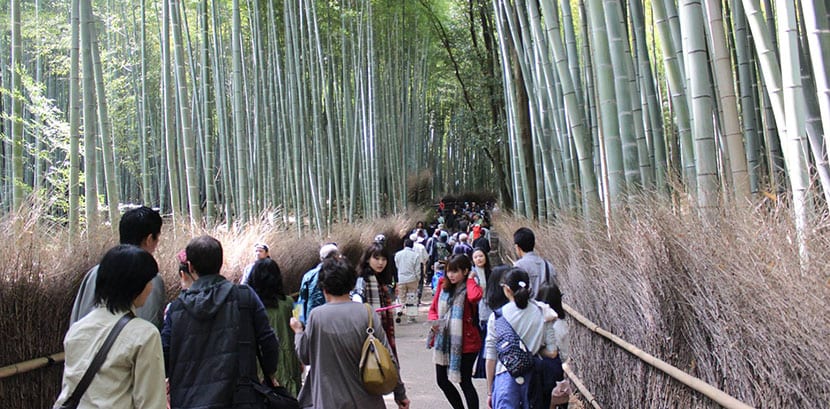
I this time I visited Arashiyama and I loved it. It's half an hour, at the most, from Kyoto, by train, and it's a small, country town. There are new neighborhoods, some houses still under construction, mountains, a wide river that you can ride in rented boats and of course, the famous bamboo forest by Arashiyama. My advice: if you can, take the romantic train because it goes along the edge of the river and it is a phenomenal walk.
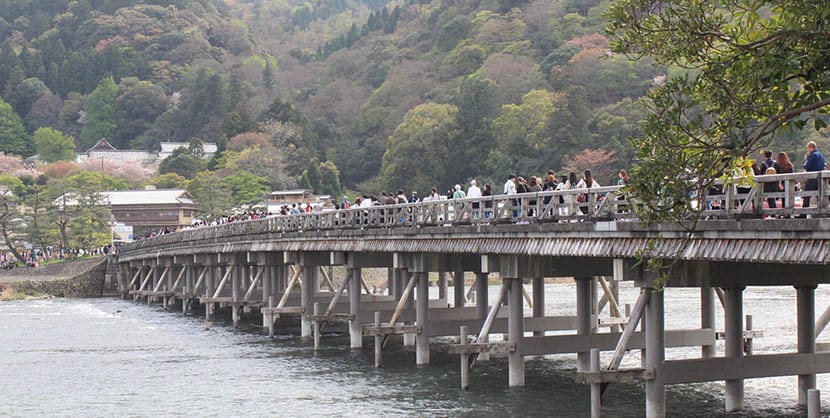
Three or four days in Kyoto are enough. Do not stay alone with the temples and go out at night, enjoy walking or simply staying next to the Kamo River watching the Japanese enjoy their life.